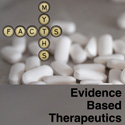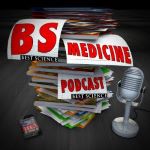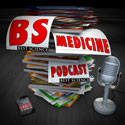Episode 136: PREMIUM – A head-to-head comparison of ezetimibe and prunes
In episode 136, James and Mike once again raise the content bar level with the premium of all PREMIUM podcasts. We talk about a study that looked at the effect of ezetimibe plus simvastatin and we get a very clear answer but unfortunately the question that was asked was completely wrong. We then bring the podcast to a rising never ending crescendo by discussing a “pivotal” trial comparing psyllium to prunes in chronic constipation and low and behold the answer is extremely useful and relevant to day-to-day practice.
Shownotes
1) SHARP TRIAL
2) The PRUNE trial
Aliment Pharmacol Ther 2011;33:822–8
3) An Evidence-Based Approach to the Management of Chronic Constipation in North America



